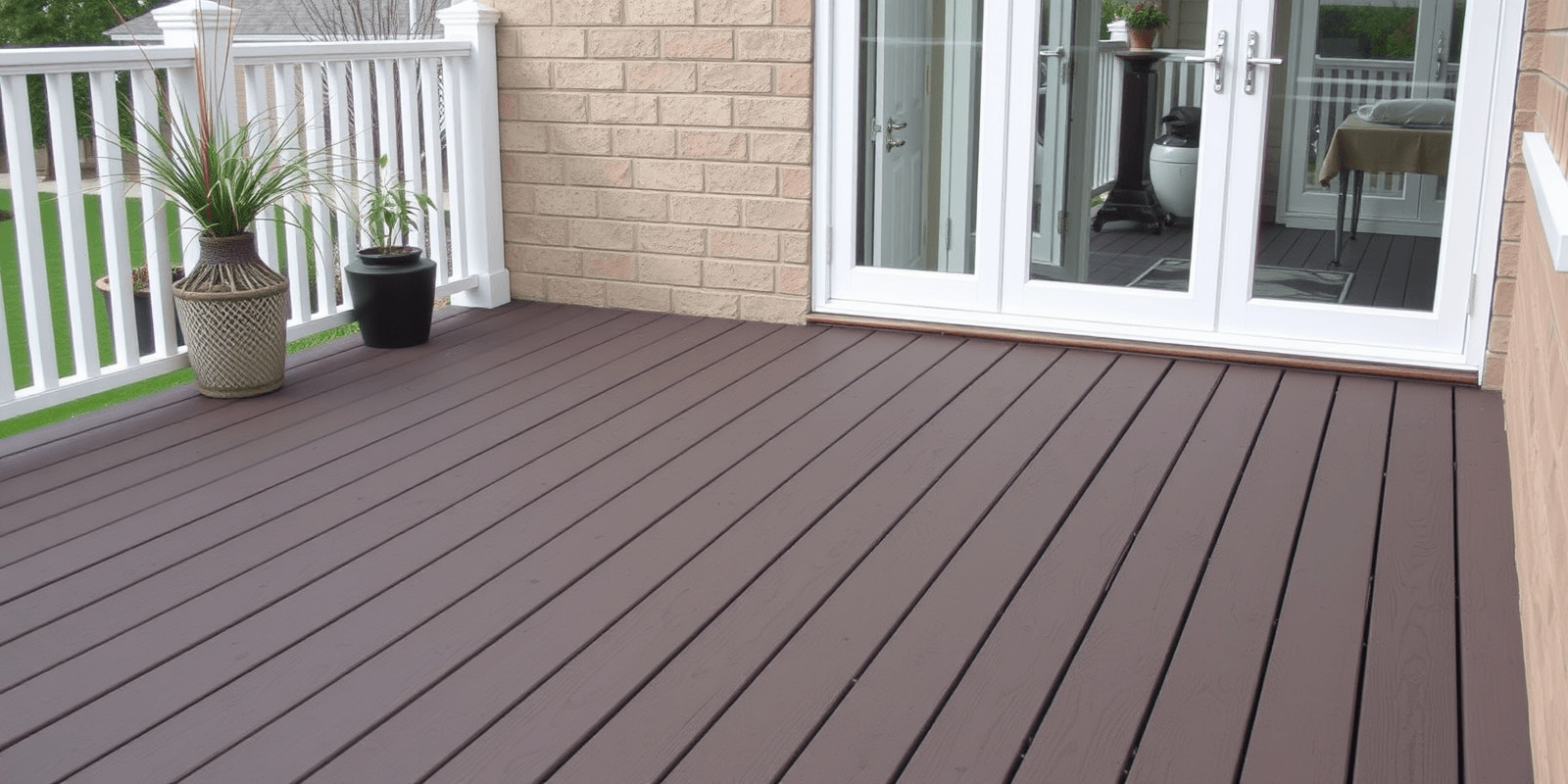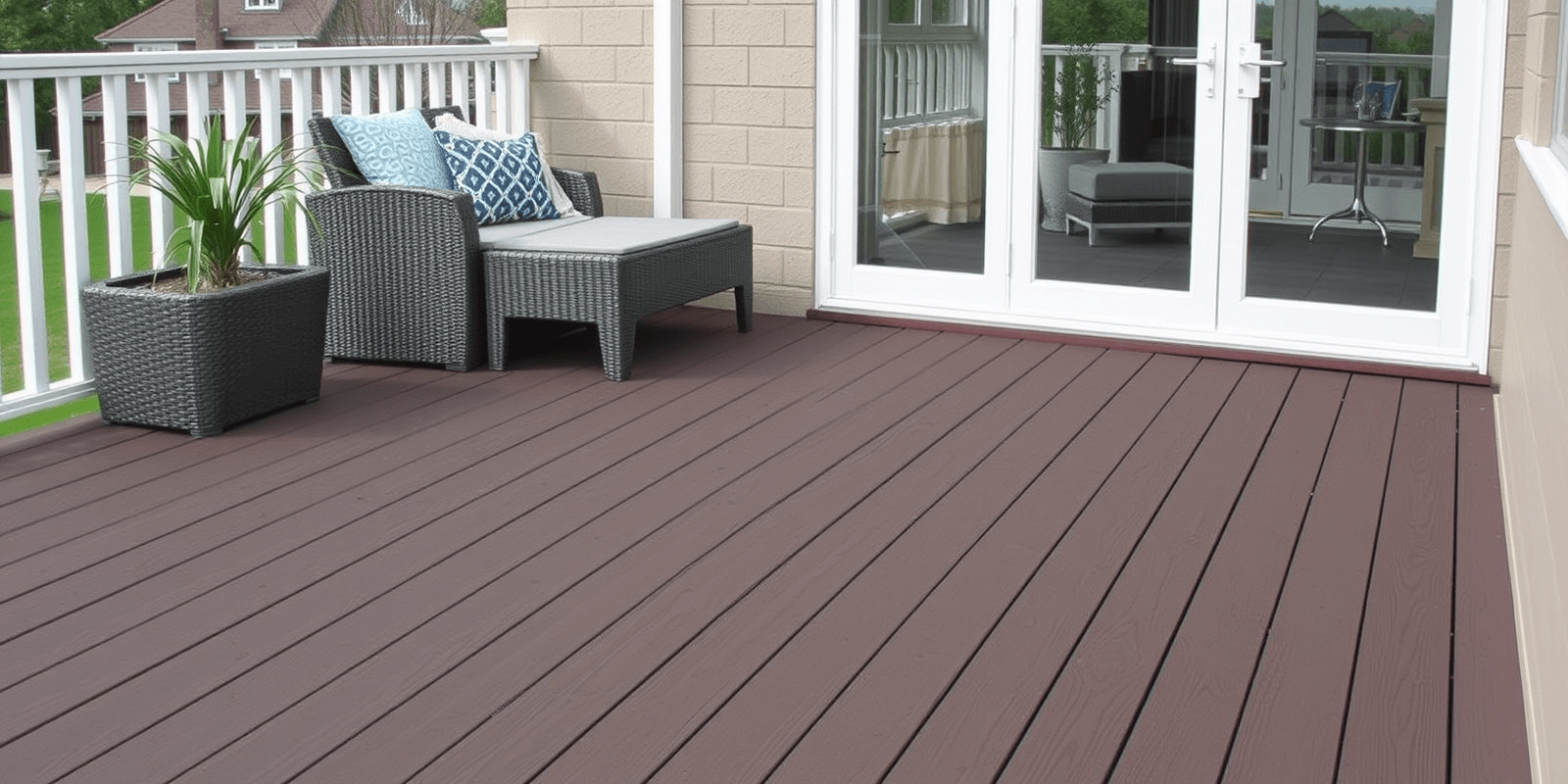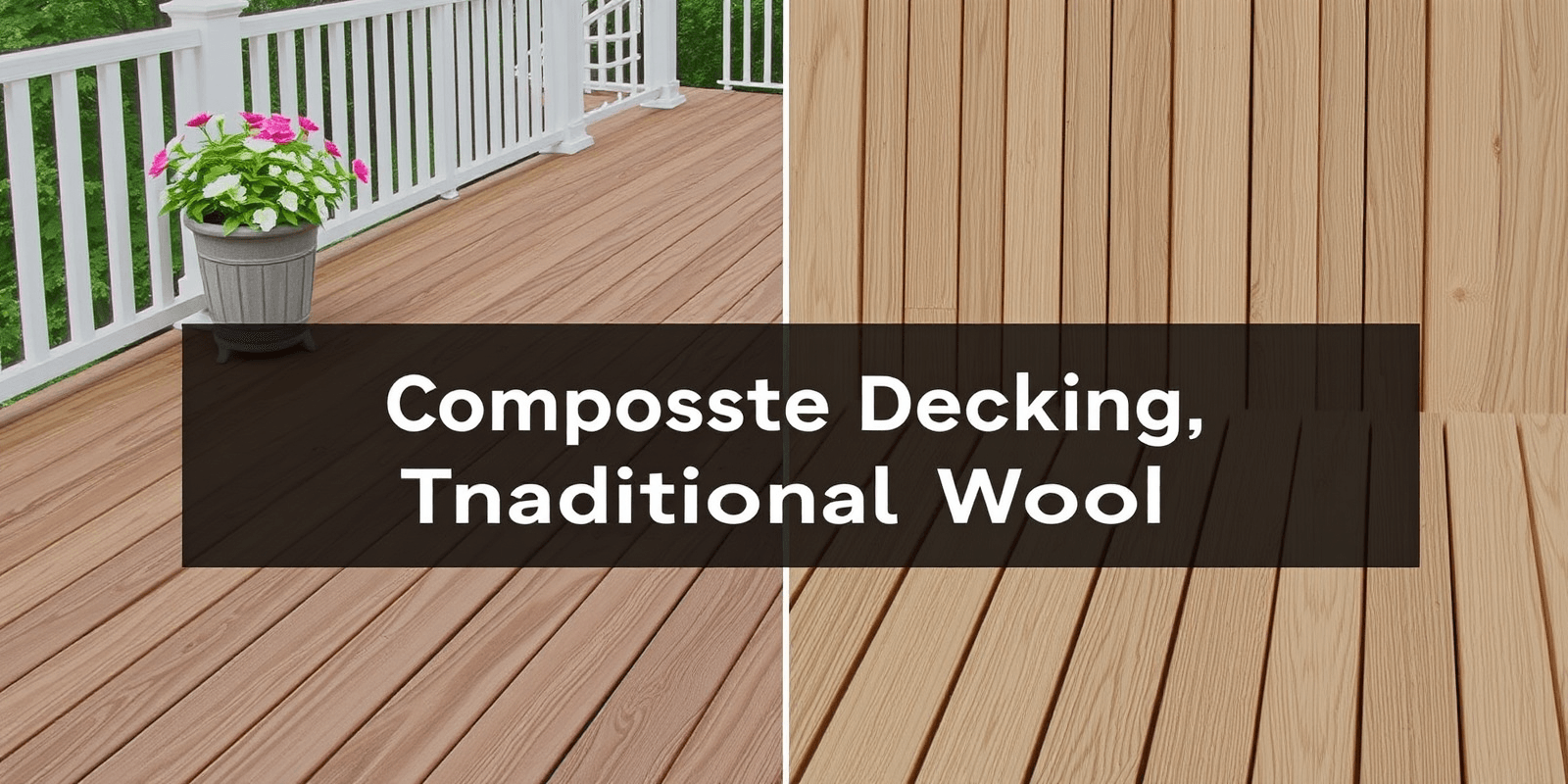“`html
WPC Composite Decking Review
Wood-plastic composite (WPC) decking has become a popular alternative to traditional wood decks due to its durability, low maintenance requirements, and eco-friendly nature. This review will delve into the construction, installation process, cost-effectiveness, environmental benefits, and potential drawbacks of WPC composite decking. We’ll also include real-world examples and customer testimonials to provide a comprehensive analysis.
Construction and Materials
WPC decking is made from a blend of wood fibers and plastic materials, typically high-density polyethylene (HDPE). The wood fibers can come from sawdust, wood chips, or recycled wood. The plastic component ensures the deck’s longevity and resistance to moisture, rot, and insects. This combination creates a material that is stronger and more durable than traditional wood while being lighter and easier to handle.
Installation Process
The installation process for WPC composite decking is similar to that of traditional wood decking but with some key differences. First, it’s crucial to ensure the substructure is level and secure. Unlike wood, WPC decking doesn’t require sealing or staining, making it easier to install. However, it does require special screws designed for composite materials to avoid splitting the boards. The installation process is generally faster and less labor-intensive, which can save time and money.
Cost-Effectiveness
When comparing initial costs, WPC composite decking tends to be more expensive than traditional wood. However, the long-term savings make it a cost-effective option. WPC decking requires minimal maintenance, such as occasional cleaning, which reduces ongoing expenses. Additionally, the lifespan of WPC decking is significantly longer than wood, often lasting 20 years or more with proper care. Over time, these factors can result in substantial savings compared to traditional wood decks.
Environmental Benefits
One of the most significant advantages of WPC composite decking is its environmental impact. The use of recycled wood fibers and plastic reduces waste and conserves natural resources. Moreover, WPC decking doesn’t require chemical treatments like pressure-treated wood, reducing harmful runoff into the environment. Customers appreciate that their choice contributes to sustainability and helps preserve forests.
Potential Drawbacks
Despite its many benefits, WPC composite decking isn’t without its drawbacks. One common complaint is that it can be more susceptible to fading and warping under extreme weather conditions. While it resists rot and insects, it can still develop mold if not properly maintained. Another concern is the disposal issue; unlike wood, WPC composite decking cannot be easily recycled at the end of its life cycle.
Real-World Examples and Customer Testimonials
Many homeowners have found WPC composite decking to be a worthwhile investment. For example, John D., a homeowner in California, shared his experience: “After installing a WPC composite deck two years ago, I’ve noticed minimal wear and tear. It’s easy to clean and maintain, and it looks as good as new.”
Another customer, Sarah L., from New York, mentioned, “The initial cost was higher, but the long-term savings on maintenance have been significant. Plus, knowing that my deck is environmentally friendly makes me feel good about my purchase.”
Conclusion
WPC composite decking offers a compelling mix of durability, low maintenance, and environmental benefits that make it an attractive option for modern outdoor living spaces. While there are some drawbacks to consider, the overall advantages often outweigh the negatives. With proper installation and care, WPC composite decking can provide years of enjoyment and add value to your home.
“`



